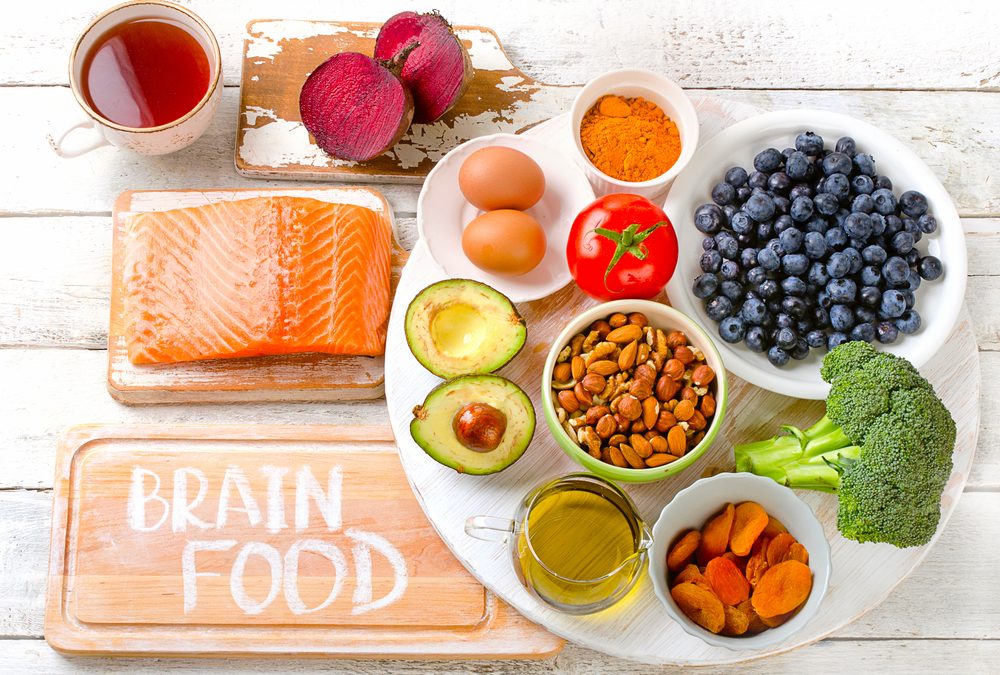The Big Picture
Long-chain omega-3s—EPA and DHA—don’t magically boost IQ, but they do help build brain structure and support how the brain functions. Three recent studies add fresh clues across different areas: brain aging under air pollution, Alzheimer’s risk biology, and perinatal depression.
Study 1: Omega-3s vs. Air Pollution—A Possible Protective Buffer
Why it matters
Fine particulate air pollution (PM2.5) is linked to faster cognitive decline and higher dementia risk. Researchers asked: can higher omega-3 levels blunt that impact?
How the study worked
-
Who: 1,315 dementia-free women (65–80) from the Women’s Health Initiative substudies
-
What: Compared omega-3 blood levels with MRI measures of “normal-appearing” brain volume across a wide range of pollution exposure
What they found
-
Women with higher omega-3 levels tended to show less pollution-related brain volume loss.
-
The protective effect likely relates to omega-3s’ anti-inflammatory roles and membrane support.
Takeaway (not definitive, but encouraging)
Maintaining a higher Omega-3 Index may help buffer brains against environmental stressors like PM2.5.
Study 2: Alzheimer’s Biology—Dose May Be the Missing Link
The problem
Prior prevention trials often used ~1 g/day of omega-3s and reported mixed or negative results. But does that dose actually move DHA into the brain?
The pilot study
-
Who: 33 older adults without cognitive impairment but with family risk; about half carried APOE4, a gene variant that raises Alzheimer’s risk
-
Intervention: ~2,150 mg DHA/day for 6 months vs. placebo
-
Measures: DHA/EPA in plasma and cerebrospinal fluid (CSF) (a proxy for brain levels)
Results in a nutshell
-
Plasma DHA jumped ~200%; CSF DHA rose ~28%—still modest, but higher than seen with ~1 g/day.
-
APOE4 carriers showed smaller increases in CSF DHA and EPA, suggesting harder brain delivery.
What this implies
-
Dose matters: ~1 g/day may be too low to robustly raise brain DHA; >2 g/day may be needed—especially for APOE4 carriers.
-
Blood ≠ brain: A strong plasma rise doesn’t guarantee a big brain rise.
Study 3: Perinatal Depression—Meaningful, Well-Tolerated Support
Why focus here
During pregnancy and postpartum, DHA is shuttled from mom to baby for brain and retina development, raising mom’s risk of omega-3 depletion—and potentially mood vulnerability.
The meta-analysis
-
What: 8 randomized, double-blind, placebo-controlled trials; 638 women
-
Outcome: Omega-3 monotherapy for mild-to-moderate perinatal depression
Key findings
-
Omega-3s improved depressive symptoms vs. placebo, pre- and post-partum, with stronger effects postpartum.
-
Well tolerated; adverse events similar to placebo.
Nuance
-
Optimal dose still unclear; more large, high-quality trials are needed.
Practical Guide: Turning Evidence into Action
h2: Know Your Baseline
-
Consider measuring your Omega-3 Index (EPA+DHA in red blood cells).
-
Target: 8–12% for general cardiometabolic and brain support; individualized needs vary.
h2: Build a Smarter Intake Plan
-
Food first: 2–3+ weekly servings of oily fish (e.g., salmon, sardines, herring, mackerel).
-
Supplementing: Choose products that clearly list EPA & DHA amounts; take with a meal that contains fat.
h3: Dosing pointers (general, not medical advice)
-
Many adults need 1,000–2,000 mg/day EPA+DHA to raise the Omega-3 Index meaningfully.
-
Brain-targeted goals (e.g., AD-risk biology) may require ≥2 g/day DHA in research settings—talk to your clinician, especially if you’re an APOE4 carrier or on medications.
h2: Special Populations
-
Pregnancy & postpartum: Ensure adequate DHA (often ≥200–300 mg/day, and many benefit from more). Discuss with your prenatal provider.
-
Perinatal mood: Omega-3s are adjuncts, not replacements, for standard care—coordinate with your clinician.
h2: Re-test and Adjust
-
Re-check your Omega-3 Index after 3–4 months; adjust intake to reach and maintain your personal target.
Bottom Line
-
Higher omega-3 status may buffer pollution-related brain changes, requires sufficient dosing to influence brain DHA (especially for APOE4 carriers), and can support mood in perinatal depression with good tolerability.
-
Personalized, test-and-tune strategies—anchored by the Omega-3 Index—offer the clearest path from promising science to practical benefit.




